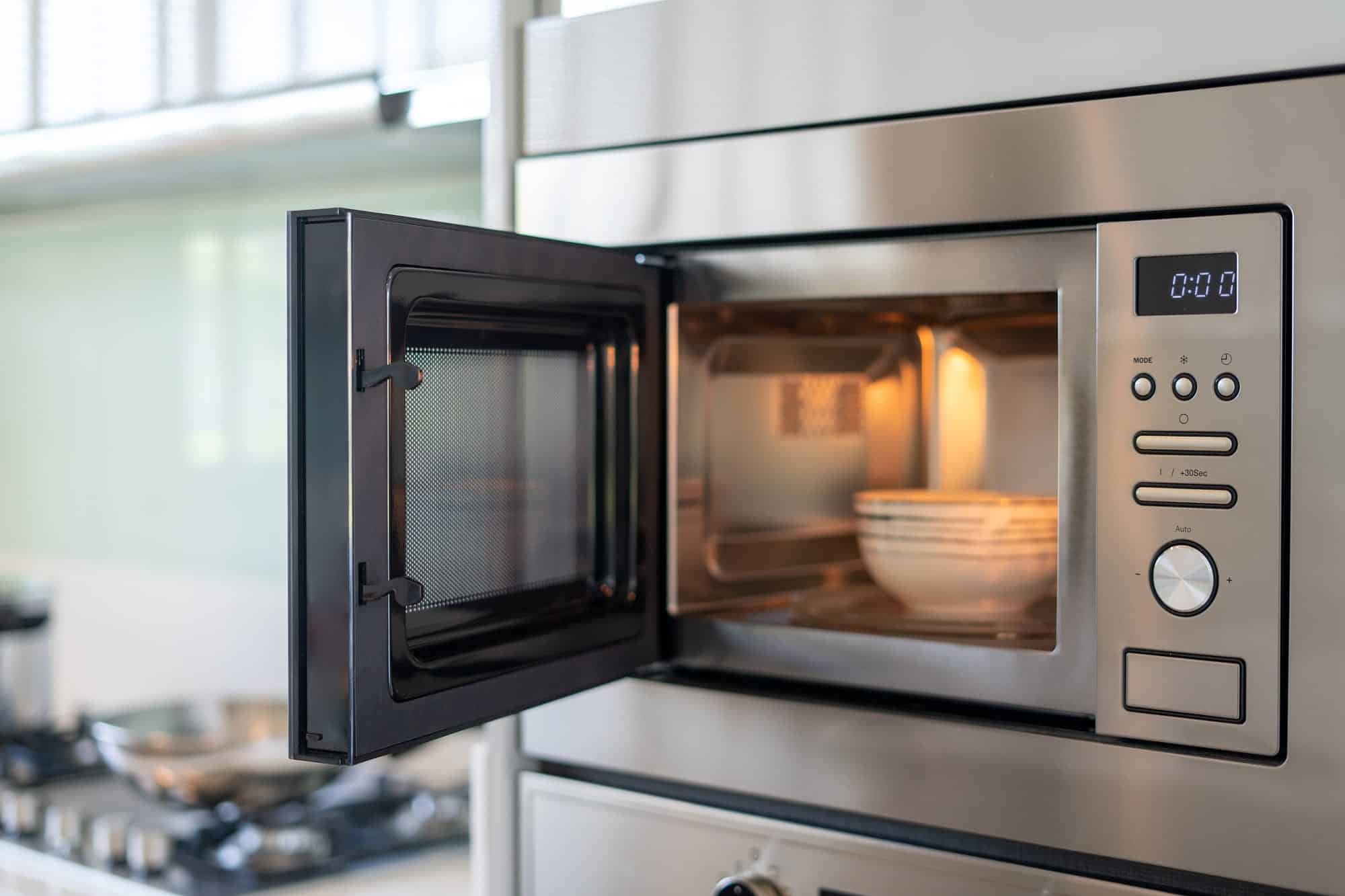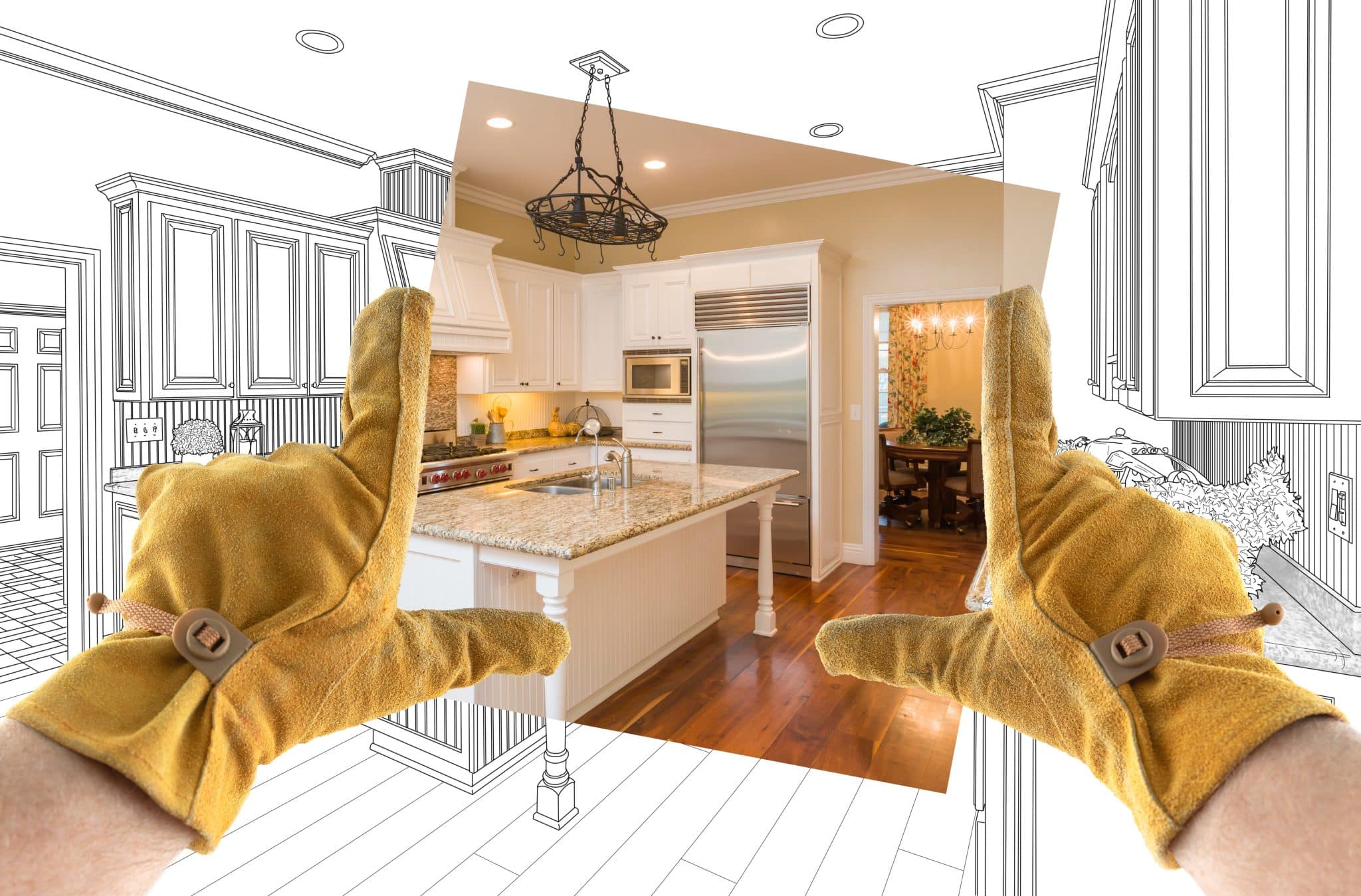Mastering Microwave Maintenance: A Comprehensive Guide
In the realm of household necessities, 24 hour appliance service plays a pivotal role in ensuring the seamless operation of our daily conveniences. The microwave, a modern marvel in the kitchen, stands as a testament to convenience, swiftly reheating meals and popping popcorn with a touch of a button. Yet, like any essential appliance, microwaves are not immune to malfunctions. In this guide, we delve into the most common microwave problems, offering practical solutions and preventive measures to keep this indispensable kitchen companion in optimal condition. Our exploration aims not only to troubleshoot issues but also to cultivate a proactive approach to microwave care.
Navigating Microwave Quandaries
Amidst the array of household appliances, the microwave stands out for its versatility and speed. However, encountering issues with your microwave can disrupt your kitchen routine. From uneven heating to strange noises, understanding common problems and their solutions is essential for preserving the functionality of this kitchen workhorse.
Common Microwave Problems and Solutions
Let’s unravel the intricacies of common microwave problems and explore effective solutions through a structured table:
| Problem | Symptom | Solution |
|---|---|---|
| Uneven Heating | Food heats unevenly, with some portions scalding hot while others remain cold. | Solution: Rotate or stir food during cooking to ensure even heat distribution. Check for any obstructions in the turntable or clean the turntable thoroughly. |
| Strange Noises | Unusual sounds, such as buzzing or humming, emanate from the microwave during operation. | Solution: Inspect the turntable, roller guide, and stirrer for debris or damage. If the noise persists, seek professional appliance service to check internal components like the magnetron or cooling fan. |
| Door Seal Issues | The microwave door doesn’t close properly or has visible damage to the seal. | Solution: Inspect the door seals for wear, damage, or debris. Clean seals regularly and replace if compromised. Ensure the door closes tightly for efficient and safe operation. |
| Sparks Inside the Microwave | Sparks or flashes occur inside the microwave during operation. | Solution: Check for metallic items or dishes with metallic accents inside the microwave. If the issue persists, refrain from using the appliance and consult professional appliance service for a thorough inspection. |
| Unresponsive Control Panel | The control panel fails to respond to button presses or exhibits erratic behavior. | Solution: Disconnect the microwave from power for a few minutes, then reconnect and attempt to use the control panel. If the issue persists, seek professional appliance service to diagnose and repair the control panel. |
| Burning Smell | A burning odor is noticeable during or after microwaving. | Solution: Thoroughly clean the interior of the microwave, removing any food residue or spills. If the smell persists, refrain from using the appliance and consult professional appliance service for inspection and repair. |
| Microwave Not Heating | The microwave runs, but food remains cold after the designated cooking time. | Solution: Check for issues with the magnetron, capacitor, or diode. If you’re not familiar with microwave components, seek professional appliance service for a comprehensive inspection and repair. |
Preventive Measures for Microwave Maintenance
Beyond addressing specific issues, adopting preventive measures is essential to ensure the longevity and optimal performance of your microwave:
- Regular Cleaning: Clean the interior of the microwave regularly, wiping down surfaces and removing any food debris. Pay special attention to the turntable, roller guide, and door seals.
- Safe Use of Containers: Use microwave-safe containers and avoid putting metal objects or items with metallic accents inside the microwave to prevent sparks and damage.
- Gentle Door Handling: Handle the microwave door with care, ensuring it closes tightly and the seals remain in good condition. Avoid slamming the door to prevent damage.
- Proper Ventilation: Ensure the vents on the microwave are unobstructed to facilitate proper ventilation. This prevents overheating and helps maintain the efficiency of internal components.
- Regular Inspections: Periodically inspect the turntable, roller guide, and control panel for any signs of wear or damage. Promptly address any issues to prevent further complications.
When to Seek Professional Appliance Service
While addressing common microwave problems can often be done with DIY solutions, certain issues may require the expertise of professional appliance service:
- Internal Component Issues: If problems persist after basic troubleshooting, it’s advisable to seek professional appliance service to diagnose and repair internal components like the magnetron, capacitor, or control panel.
- Safety Concerns: Sparks, burning smells, or other safety-related issues require immediate attention from a professional to assess and rectify potential hazards.
- Unresponsive Controls: If the control panel remains unresponsive despite basic troubleshooting, professional appliance service can provide a thorough diagnosis and repair.
Conclusion
In the realm of household appliances, the microwave stands as a versatile and indispensable tool. By understanding common problems and implementing preventive measures, you can ensure its continued functionality. With a proactive approach to maintenance and the assistance of professional appliance service when needed, your microwave can remain a reliable companion in your kitchen, efficiently heating and preparing meals for years to come.







